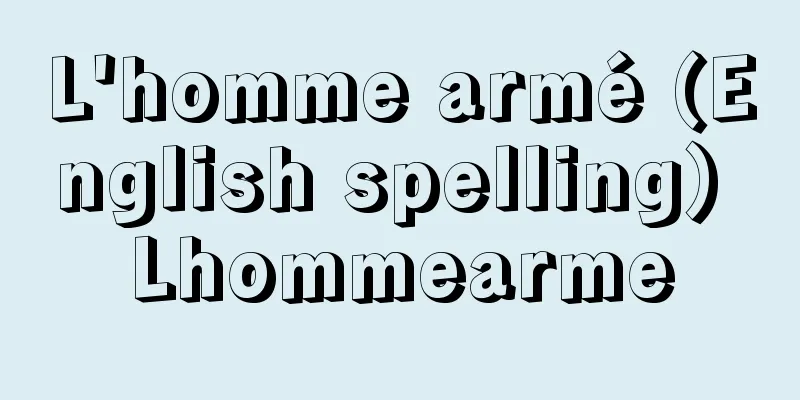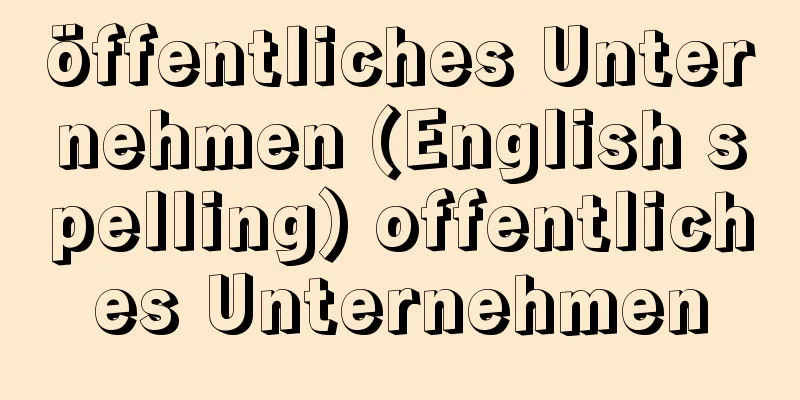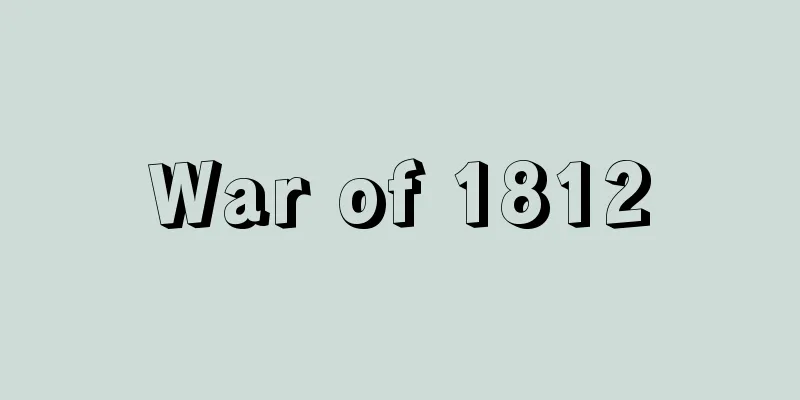L'homme armé (English spelling) Lhommearme

|
...The second type of cantus melody is part of the popular popular song or polyphonic chanson of the time. It can be found in many masses from the late 15th century to the 16th century, beginning with Dufay's mass "If thou art pale" (c. 1450). The popular song "L'homme armé" ("The Warrior") was particularly popular, and was used as cantus melody in more than 30 masses in the 15th and 16th centuries, including those by Dufay, Josquin Des Prez, and Ockeghem. The third type, the Protestant chorale, also appeared in German church vocal and organ music in the 17th and 18th centuries, and was used as a cantus melody in works by Buxtehude and JS Bach. From [Arrangement]...Konrad Paumann's (c. 1415-1473) "The Fundamentals of Organ Playing" (1452), an arrangement of the manuscript "Lochambert Lieder", a collection of German secular songs from the first half of the 15th century, for keyboard music, is famous. This type of song arrangement for keyboard instruments and lutes from the 14th to 16th centuries is called intavolatura (Italian). Secular melodies were often used as cantus musiques in masses, and the melody of "L'homme armé" in particular was adopted by Dufay, Josquin des Prez, and others. Arrangements took on a new significance in the Baroque period. From [Arrangement]...Konrad Paumann's (c. 1415-1473) "The Fundamentals of Organ Playing" (1452), an arrangement of the manuscript "Lochambert Lieder", a collection of German secular songs from the first half of the 15th century, for keyboard music, is famous. This type of song arrangement for keyboard instruments and lutes from the 14th to 16th centuries is called intavolatura (Italian). Secular melodies were often used as cantus musiques in masses, and the melody of "L'homme armé" in particular was adopted by Dufay, Josquin des Prez, and others. Arrangements took on a new significance in the Baroque period. *Some of the terminology that refers to "L'homme armé" is listed below. Source | Heibonsha World Encyclopedia 2nd Edition | Information |
|
…定旋律の第2のタイプはそれぞれの時代に流行した俗謡あるいは多声シャンソンの一部で,デュファイのミサ曲《顔が青ざめているなら》(1450ころ)以来,15世紀後半から16世紀にかけて多数のミサ曲にその例を見ることができる。俗謡《ロム・アルメL’homme armé(戦士)》は特に好まれ,デュファイ,ジョスカン・デ・プレ,オケヘムなど,15~16世紀の30以上のミサ曲に定旋律として用いられた。第3にプロテスタントのコラールも17~18世紀にドイツの教会用声楽曲とオルガン曲に登場し,ブクステフーデやJ.S.バッハなどの楽曲で定旋律として用いられている。… 【編曲】より…15世紀前半のドイツの世俗歌曲を収めた写本《ロハマー歌曲集》を鍵盤曲に編曲したパウマンKonrad Paumann(1415ころ‐73)の《オルガン奏法の基礎》(1452)は有名で,14~16世紀のこのような鍵盤楽器やリュートに合わせた歌曲の編曲形態をとくにインタボラトゥーラintavolatura(イタリア語)と呼ぶ。また,世俗曲の旋律がミサ曲の定旋律にしばしば用いられて,とくに《ロム・アルメL’homme armé》の旋律はデュファイ,ジョスカン・デ・プレらによって取り入れられた。バロック時代において編曲は新たな意義をもつに至る。… 【編曲】より…15世紀前半のドイツの世俗歌曲を収めた写本《ロハマー歌曲集》を鍵盤曲に編曲したパウマンKonrad Paumann(1415ころ‐73)の《オルガン奏法の基礎》(1452)は有名で,14~16世紀のこのような鍵盤楽器やリュートに合わせた歌曲の編曲形態をとくにインタボラトゥーラintavolatura(イタリア語)と呼ぶ。また,世俗曲の旋律がミサ曲の定旋律にしばしば用いられて,とくに《ロム・アルメL’homme armé》の旋律はデュファイ,ジョスカン・デ・プレらによって取り入れられた。バロック時代において編曲は新たな意義をもつに至る。… ※「《L'homme armé》」について言及している用語解説の一部を掲載しています。 出典|株式会社平凡社世界大百科事典 第2版について | 情報 |
<<: 《L'homme révolté》 (English notation) Lhommerevolte
Recommend
Cooling - Reibou (English spelling)
It refers to lowering the temperature and humidit...
Ishimagatani Kofun - Ishimagatani Kofun
…They are concentrated in the northern half of Ky...
Tynes
...It is a port city located on the Mediterranean...
Hinny
…In the former case, the resulting individual is ...
Spykman, NJ (English spelling) SpykmanNJ
...His theory, which claims that the competition ...
Prince Arisugawa Taruhito - Prince Arisugawa
A member of the imperial family during the late E...
Evergreen broad-leaved forest - shoyojurin (English spelling) laurilignosa; laurel forest
A forest dominated by evergreen broad-leaved trees...
Emperor Saga
Year of death: July 15, 842 (August 24, 842) Year ...
Nenets people - Nenets (English spelling)
An ethnic minority group living in the tundra and ...
A playful essay
Southern Chinese drama. Also known as Nanqu. North...
Oichi no Kata - Oichi no Kata
1547-1583 A woman from the Sengoku to Oda-Toyotom...
diagnosis
…A description of all the main characteristics of...
Electron Volt - Densivolt
A unit of energy. Symbol: eV. Although units of e...
Linear form
A linear mapping from a linear space V over a fiel...
Mycoplasma - Kinhi
...Plants that have fungi living symbiotically on...









